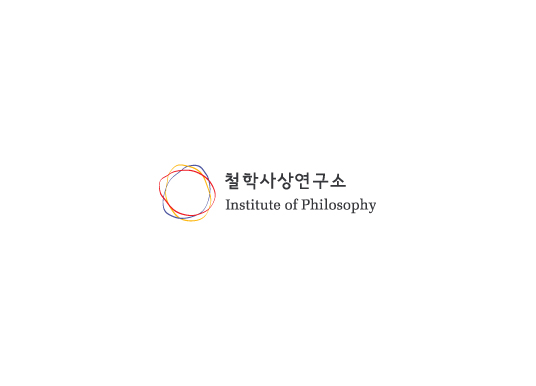사람에 대한 仁과 일에 대한 義 - 인과 의의 관계 고찰-
Ren[仁] Toward Humans and Yi[義] Toward Events – A Study on the Relationship Between Ren and Yi –
맹자 이후 유가에선 인(仁)과 의(義)가 자주 병칭된다. ‘인의(仁義)’는 음양처럼 하나의 짝으로 인식되는 유교의 핵심 도덕 개념이다. 그런데 인과 의가 짝이 되는 근거는 모호하다. 가령, 맹자에서 인을 설명하는 친친과 의를 설명하는 경장은 본질적 차가 무엇이냐는 질문에 쉽게 답하기 어렵다. 이 글은 이런 문제를 고찰하였다. ‘인은 사람을 대하는 덕이며, 의는 일을 대하는 덕’이라는 것이 본고의 요지다. 친친은 최종 목적이 부모라는 ‘사람’에게 있지만, 경장은 이와 달리 경장을 통해 기대하는 (동네의)‘일’이 궁극의 목적이다. 인은 사람을 대하는 덕이고, 의는 (사람의) 일을 대하는 덕이기 때문이다. 따라서 일을 판단하는 데 인을 쓸 수 없고, 사람을 평가하는 데 의를 사용해서도 안 된다. 이런 기준에 따르면 ‘의로운 사람’ 즉 ‘의자(義者)’나 ‘의인(義人)’은 세상에 원래 없는 말[개념]이라는 의미가 된다. 실제로 논어 맹자에 어진 사람이란 의미의 인자(仁者)나 인인(仁人)은 모두 36번이나 등장하지만, 의로운 사람이란 의미의 의자(義者)나 의인(義人)이란 단어는 한 번도 보이지 않는다. 그 원인을 분석해 보고, 인과 의의 음양론적 특징과 함께 율곡의 시구를 통해 인과 의가 서로 충돌하는 장면도 관찰했다. 인은 사람, 의는 일을 대하는 덕이라는 구분을 부자지인(父子之仁)과 군신지의(君臣之義) 개념에 적용하여 이런 구분의 타당성을 검증해 보았으며, 이른바 ‘정의(正義)의 문제’도 인과 의의 이런 측면에서 살펴보았다.
Since Mencius, Confucians have frequently paired ren (仁, benevolence) and yi (義, righteousness). “Renyi (仁義)” is recognized as a core moral concept in Confucianism, perceived as a unified pair like yin-yang. However, the basis for why ren and yi form a pair remains ambiguous. For instance, it is difficult to readily answer what the essential difference is between qinqin (親親, loving relatives) which explains ren and jingzhang (敬長, respecting elders) which explains yi in the Mencius. The main argument of this paper is that “ren is a virtue toward people, while yi is a virtue toward affairs.” While qinqin has its ultimate purpose in “people” (namely, parents), jingzhang differs in that its ultimate purpose lies in the (community) “affairs” expected through respecting elders. Therefore, ren cannot be used to judge affairs, nor should yi be used to evaluate people. According to this criterion, “righteous person”—that is, yizhe (義者) or yiren (義人)—becomes a concept that originally does not exist. Indeed, while renren (仁人, benevolent person) and renzhe (仁者, benevolent one) appear 36 times in the Analects and Mencius, the terms yizhe (義者) or yiren (義人) meaning “righteous person” do not appear at all.
서울대학교 철학사상연구소
충남대학교 철학과 박사과정 김학용

